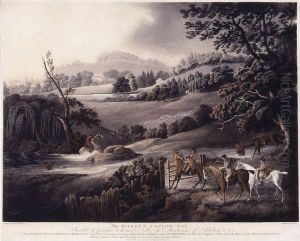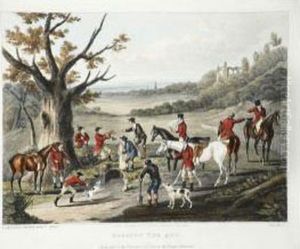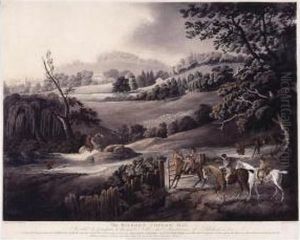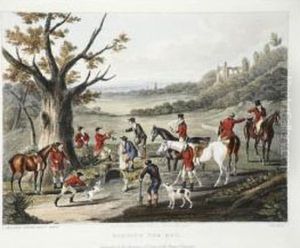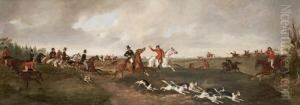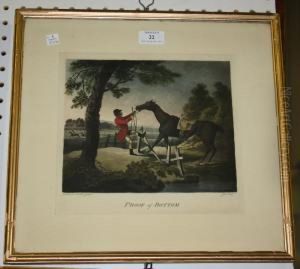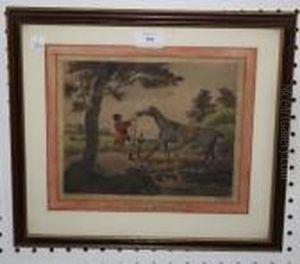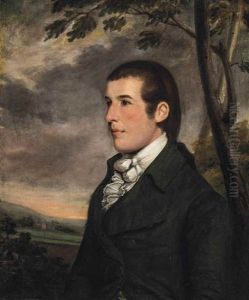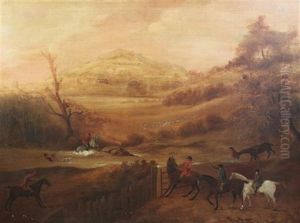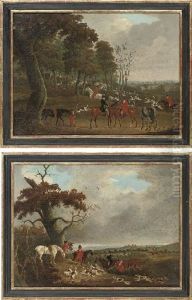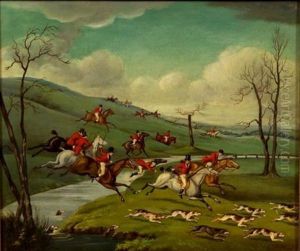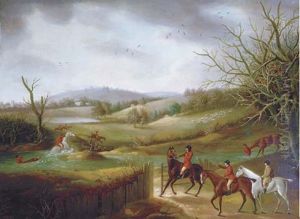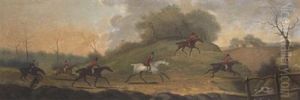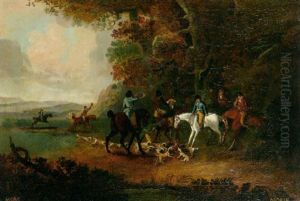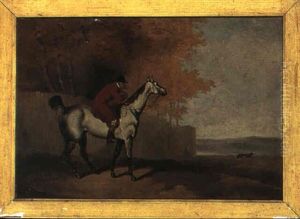Charles Loraine Smith Paintings
Charles Loraine Smith, born on August 12, 1751, in Enderby, Leicestershire, was an English artist and sportsman known for his sporting and hunting scenes. Smith was not only an artist but also a prominent figure in society, with interests that spanned politics, agriculture, and sportsmanship.
Loraine Smith was the eldest son of Sir John Eardley Wilmot, a Chief Justice of the Common Pleas, and his wife Sarah Rivett. However, he took his mother's maiden name when he inherited estates from his uncle, Sir Thomas Loraine. He was educated at Eton and later at St John's College, Cambridge. His artistic talents were not formally trained, but he was influenced by the work of contemporary artists such as George Stubbs and Francis Sartorius.
Throughout his life, Smith was an avid sportsman and a member of various sporting clubs. His love for hunting, especially fox hunting, became a central subject in his artwork. He depicted the English countryside, hunting dogs, and the thrill of the chase with a level of authenticity that only someone intimately familiar with the sport could achieve. His works are characterized by their lively expression and attention to detail, capturing the dynamism of the hunt.
In addition to his art, Charles Loraine Smith also served as a Member of Parliament for several constituencies, including Leicester and Nottinghamshire. His interest in agriculture led him to write on the subject, and he was a member of the Board of Agriculture. His contributions to rural life and his detailed records of the changes in hunting customs provide valuable insight into the social history of the period.
Loraine Smith was also known for his philanthropy and involvement in local affairs. He took an active role in improving the lives of those in his communities, and his legacy extends beyond his artistic achievements to include his contributions to the development of better agricultural practices and his public service.
Charles Loraine Smith died on April 20, 1835. His life and works remain a testament to his passion for the countryside and the sport of hunting. Today, his paintings are appreciated not only for their artistic merit but also for their historical value in chronicling the sporting life of the English gentry during the late 18th and early 19th centuries.
